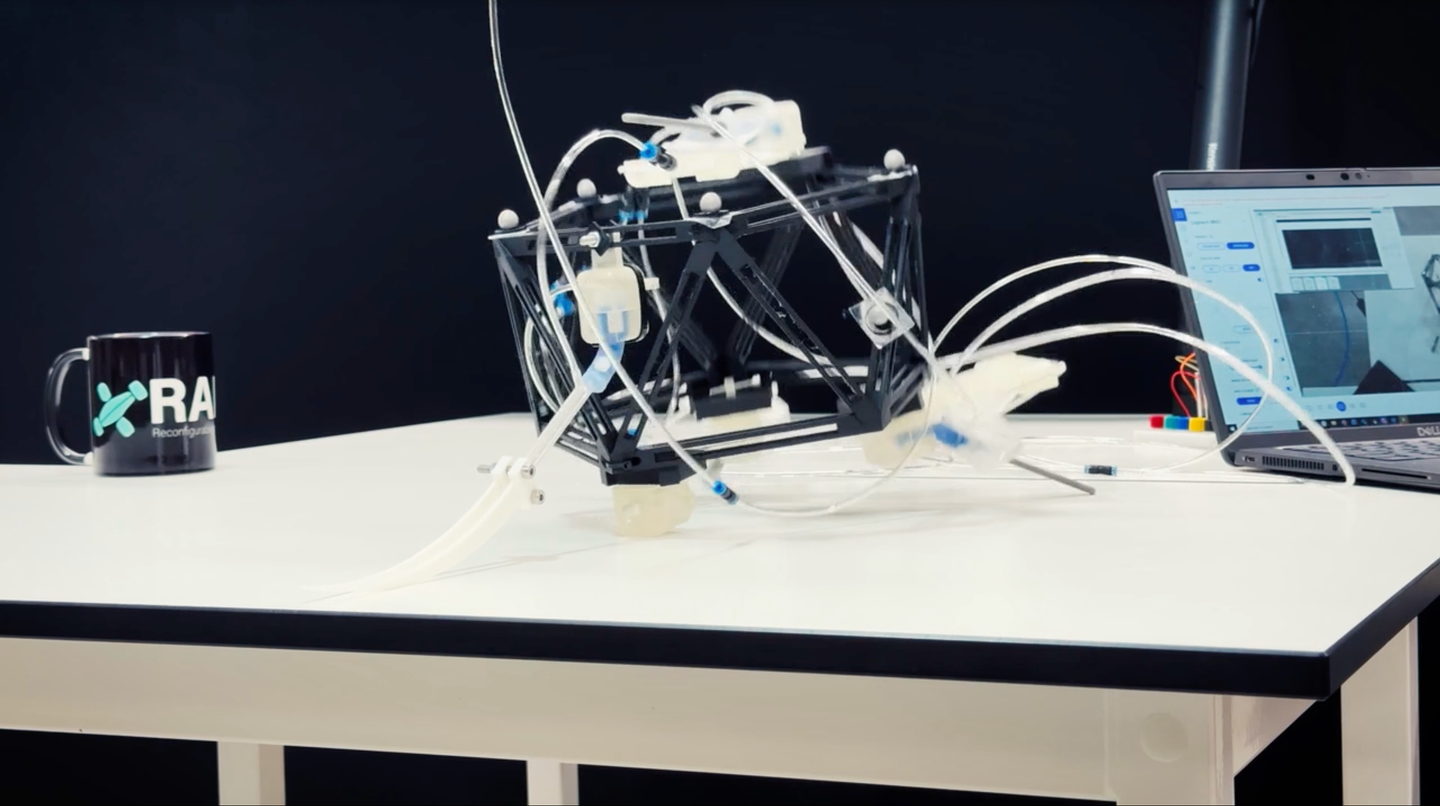‘Good virus’ may help scientists treat incurable eye disorders
Researchers from West Virginia University are studying how a benign virus can make new treatments for eye diseases possible.

[Dec 15, 2021: West Virginia University]
WVU School of Medicine researcher Wen Tao Deng is studying how a benign virus—engineered adeno-associated virus—can be used in gene therapy to treat vision problems associated with specific photoreceptors. Her work is relevant to a range of eye disorders, including the color-vision deficiencies illustrated here (clockwise from upper left: normal vision, deuteranopia, blue cone monochromacy, protanopia). (CREDIT: WVU Photo Illustration/Jennifer Shephard/Aira Burkhart)
Viruses have a bad reputation for a good reason. But some viruses don’t harm people. Some can even help them.
Researchers with the West Virginia University School of Medicine are studying how a benign virus can make new treatments for eye diseases possible. They’re exploring how to use engineered adeno-associated virus, or AAV, to compensate for missing protein or swap out genetic mutations that cause vision problems and replace them with DNA that works as it should.
“Eighty-five percent of Americans are seropositive for AAV. However, the virus has never been associated with any pathological effect,” said Wen Tao Deng—an assistant professor in the Department of Ophthalmology and Visual Sciences—who is leading the effort. “We engineered the virus to use it as a vehicle to deliver the genes we are interested in. We use it as a tool to actually benefit us. So, this is a good virus.”
The National Eye Institute has awarded the five-year project $1.9 million.
The project focuses on genetic mutations that affect specific photoreceptors in the eye, called L- and M-cones.
Related News
“When you lose your L and M-cones, basically you lose visual acuity; you lose your ability to read; you lose your color vision,” Deng said. “It severely, severely affects your daily function.”
Deng and her colleagues will use mouse models they have genetically modified to lose their L- and M-cones in a way that mimics the experience of humans who inherit this mutation.
They will analyze—on a molecular level—the unique mechanisms that underlie the disease.
They’ll take advantage of AAV’s “Trojan horse” ability to sneak into the nucleus of a photoreceptor and either replace its missing protein or rout a troublesome mutation while installing healthy DNA in its place.
Deng is also interested in developing new treatments that could delay the onset, or slow the progression, of a range of eye diseases—from red-green color vision defects (the most common form of color deficiency) to blue cone monochromacy (a much rarer condition) and other forms of cone dystrophy.
“We are also interested in delaying the degeneration,” Deng said. “Some patients gradually lose vision. So, if you could delay their photoreceptor cell degeneration for 5 to 10 years, this also could give them an expanded window of treatment. This is especially important for children to buy time until we identify a treatment to reverse it.”
Research reported in this publication was supported by the National Eye Institute of the National Institutes of Health under Award Number 7R01EY030056-03. The content is solely the responsibility of the authors and does not necessarily represent the official views of NIH.
Note: Materials provided above by West Virginia University. Content may be edited for style and length.
Like these kind of feel good stories? Get the Brighter Side of News' newsletter.
Tags: #New_Innovations, #New_Discoveries, #Vision_Loss, #Eyes, #Virus, #Medical_Good_News, #Science, #Research, #The_Brighter_Side_of_News



